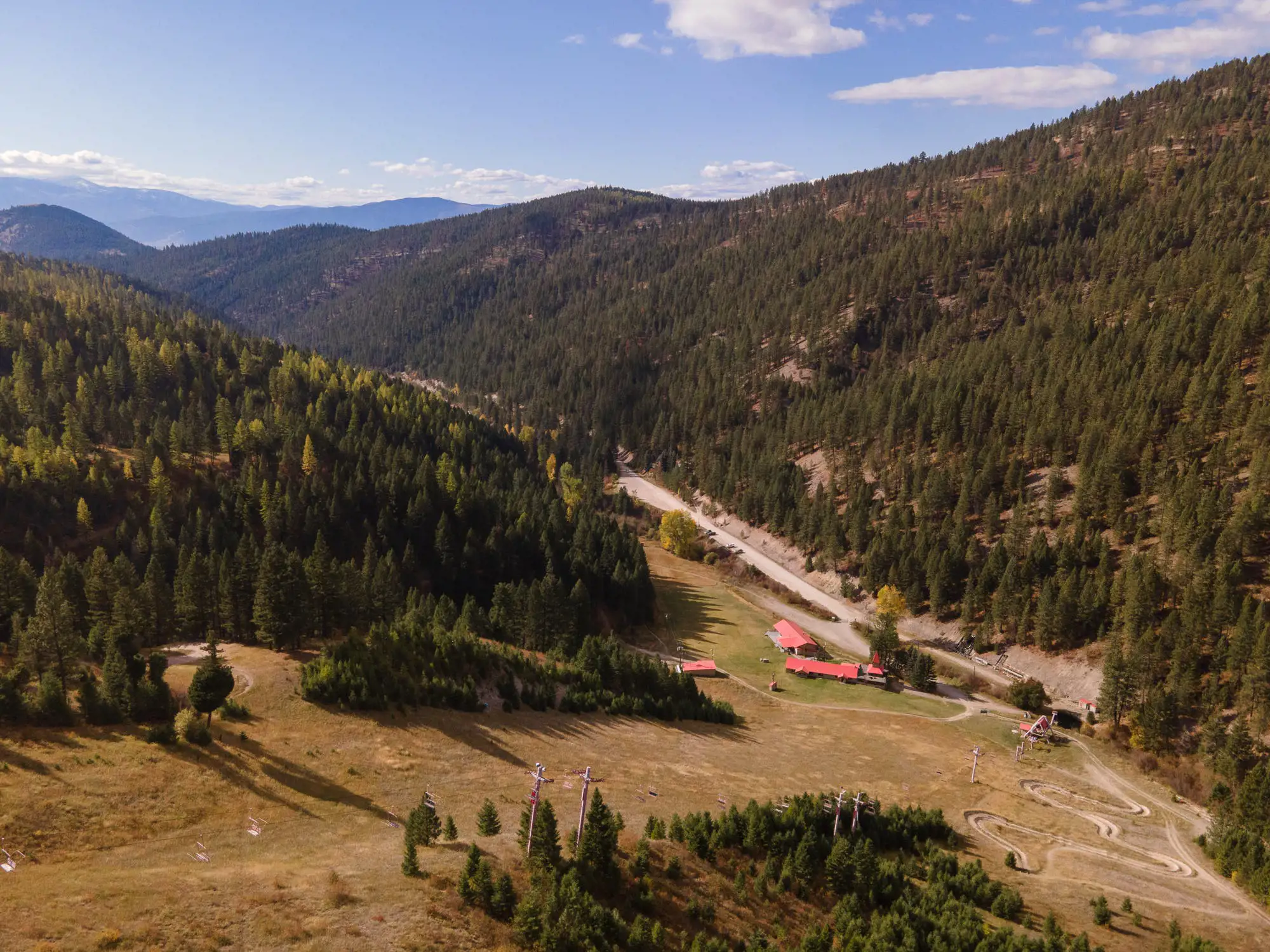Following years public input and planning, significant partner support and the use of voter-approved City and County open space bond funds, the City of Missoula and Missoula County collaborated to ensure this historic recreation area will forever remain open to public use. Missoula County owns and manages the 480-acre park after acquiring it in 2023.
Located at the headwaters of Marshall Creek, next to Lolo National Forest Land, this site has been a recreation site for over 100 years. In the mid-1920s, the area was made popular as a backcountry ski and winter recreation destination by the Montana Mountaineers. From the 1950s through 2002 it operated as a commercial ski area. Now Marshall Mountain is home to mountain biking trails, backcountry skiing access, children's camps, hiking and more.
The focus is now on transitioning this iconic local ski hill into an accessible, inviting outdoor space for Missoula County residents and visitors. Marshall Mountain is an epicenter for people powered recreation. The mountain is living up to the goal of being a high-use, all-season, all-access, public outdoor recreation and education area.
Need help?
5250 Marshall Canyon Road, Missoula, MT 59802
Open daylight hours year round

Did you know?
At 480 acres and more than 12 miles of trails, Marshall Mountain Park is Missoula County's largest park.Marshall Mountain Park benefits our community by:
- Continuing the legacy of youth education at Marshall Mountain.
- Focusing on inclusive outdoor recreation space for all Missoulians.
- Providing summer and out-of-school programming to meet the high demand for summer outdoor recreation programming in our community.
- Hosting community events with the opportunity to build a much-needed dedicated public space to host large outdoor recreational, educational and commercial events.
- Supporting natural habitat protection by through forest management, conservation and opportunities to teach responsible recreational principles.
- Supporting the growing population by addressing increasing pressure on public lands by providing an intentionally designed and dedicated space for high-use outdoor recreation opportunities.

